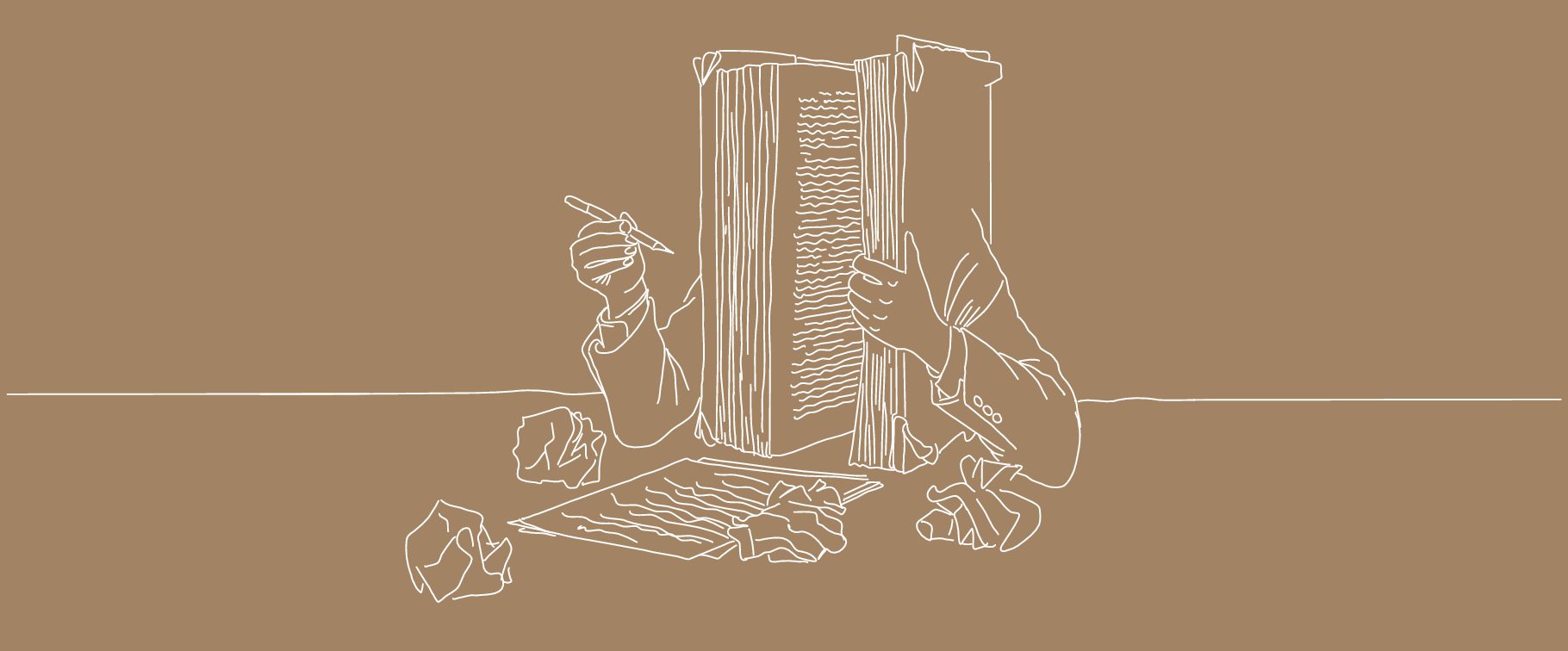Academic writing should be clear and objective. In the pursue of objectivity, some believe that by using the first person and introducing ‘I’ or ‘we’ in their text, the outcome will not sound as rigorous or formal. But attempting to avoid the first person may confuse readers, leaving them wondering ‘who does what?’ as we discussed in our article about the passive voice. Focusing on objectivity may also lead to anthropomorphism.
Let’s look at some examples to clarify this… do you see anything strange in the following sentences?
These experiments attempted to investigate the effect of water injection in micro gas turbines.
A review of the literature concluded that studies concerning the therapeutic alliance in online counseling were scarce, yielding mixed results.
This article discussed the meaning of social responsibility in business.
They are rather common structures in academic articles. But can experiments really attempt to investigate or a review conclude something (since when can a review reason by itself?) Can an article talk out loud and discuss?
So what is anthropomorphism?
According to the Cambridge English Dictionary, anthropomorphism is defined as ‘the showing or treating of animals, gods and objects as if they are human in appearance, character, or behaviour. Writing with anthropomorphism means that the writer attributes what usually are human actions to nonhuman subjects. It can confound readers and bring about misunderstandings.
How can we avoid writing with anthropomorphism?
There are no hard rules about anthropomorphism. What is important is that the action that an object undertakes as the subject in a sentence is appropriate for that specific object. Based on this, we could re-write the above examples as follows:
Jones et al. attempted to investigate the effect of water injection in micro gas turbines through these experiments.
Jonsson and Clark conducted a review of the literature and concluded that the studies concerning….
In this article, I discussed different views on the meaning of social responsibility in business.
It might not make sense for a theory or a review to conclude or determine an outcome, or for a study to explore or investigate a subject. However, there are certain actions that theories, results, data and tables can undertake and are accepted by APA Style guidelines. For example, they can present, show and indicate something:
The table presents a comparison between wet and dry experimental results.
The results showed a relationship between learners’ cognitive styles and their preferences for different types of errors.
These data demonstrates that the electrical efficiency increases with water injection.
The theory indicates certain areas of experimental research which should add to present understanding of the process
In conclusion, in order to avoid writing with anthropomorphism we only need to pay attention to logic, to what makes sense.


